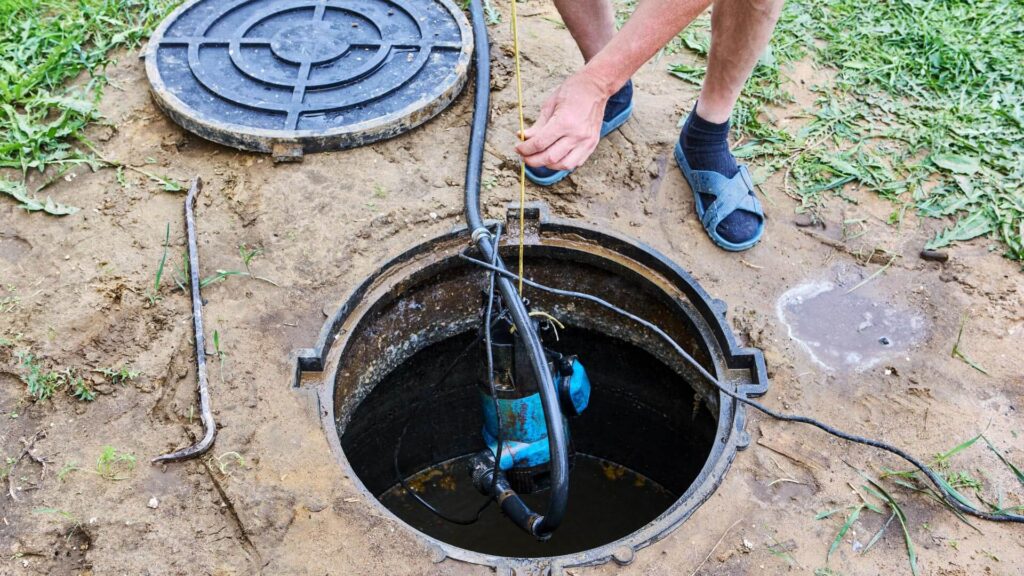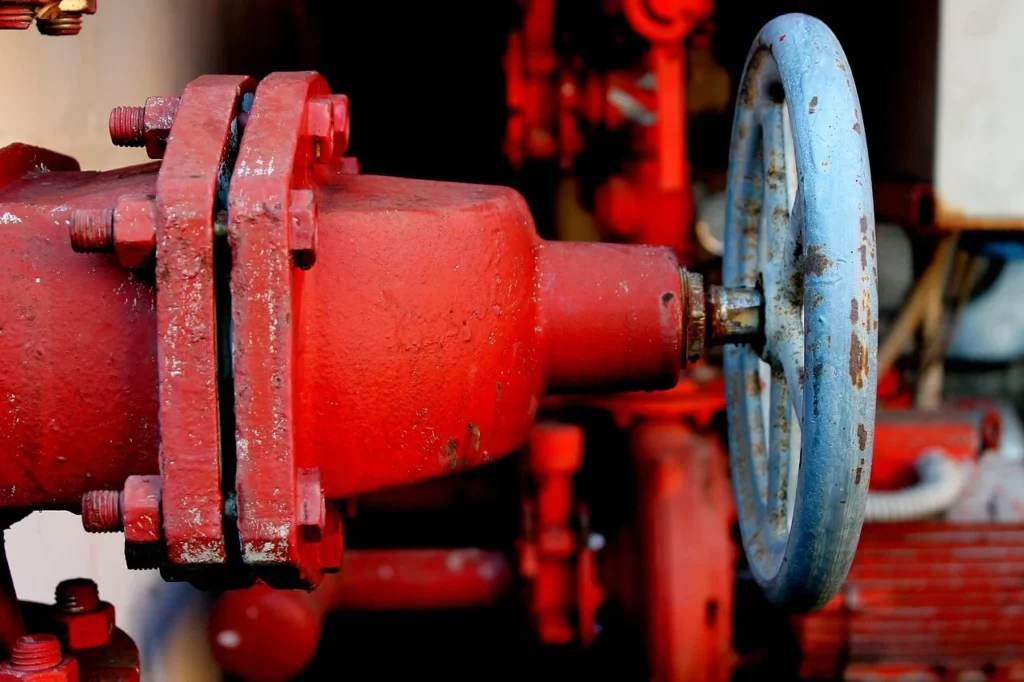Best Water Removal Pumps for Fast and Effective Drainage Solutions
Managing excess water is essential in various scenarios, from construction sites to residential basements. Without proper drainage, water can quickly lead to structural damage, mold growth, and costly repairs. Water removal pumps are invaluable tools that provide efficient solutions for handling unwanted water, ensuring safety, and preventing potential damage. Choosing the right pump can make a significant difference in managing water effectively. This guide covers different water removal pump types, tips for selecting the best pump to remove water, and top recommendations for fast and effective drainage. Types of Water Removal Pumps When it comes to water removal pumps, each type is designed to handle specific water conditions, whether it’s minor leaks or large-scale flooding. Water removal pumps play an essential role in various industries, ensuring effective management of water-related issues. With the right water removal pumps, handling water damage becomes a straightforward task. Whether for homes or industrial sites, there is a pump to remove water that suits every need. Submersible Water Pumps Submersible water pumps are popular for heavy-duty applications, operating underwater to remove water from affected areas quickly. These water removal pumps are often used for draining pools, basements, and flooded areas. When submerged, they efficiently move water out, providing a reliable solution for handling significant water buildup. One main advantage of submersible water removal pumps is their efficiency. Since they’re already in the water, they require less energy than pumps that need to draw water in from a distance. Additionally, they are straightforward to operate, making them a common choice for various applications. Submersible pumps are ideal for homeowners and contractors needing a quick pump to remove water, making them one of the most efficient pumps for water removal in flooded spaces. Centrifugal Water Pumps Centrifugal water pumps are known for their fast water-moving capabilities, using a rotating impeller to draw in and expel water. This design makes them suitable for low-viscosity fluids, making them ideal for applications where large amounts of water need to be moved rapidly, such as construction sites or agricultural areas. These water removal pumps offer high-speed operation, allowing for rapid water removal over expansive areas. For those who need pumps for water removal in larger spaces, centrifugal pumps are a reliable and effective choice, providing quick water movement. Centrifugal water removal pumps are especially useful in situations where high volume and fast performance are required, making them popular pumps for water removal in industrial applications. Utility Pumps Utility pumps are compact, lightweight, and versatile, making them perfect for smaller drainage tasks. These water removal pumps are commonly used in residential settings, such as for draining small pools, removing water from basements, and handling minor flooding. They are easy to transport and can be set up quickly for immediate use. Utility pumps provide a convenient and cost-effective solution for everyday water removal needs. They are among the most adaptable water removal pump types, suitable for various settings and water removal tasks. Their portability makes them an excellent choice for quick, hassle-free water removal in small spaces, particularly for homeowners looking for a compact pump to remove water. Utility pumps are often the go-to choice when a small, reliable pump to remove water is required. Trash Pumps Trash pumps are designed to handle water mixed with debris and solid particles, making them ideal for outdoor areas prone to muddy or debris-filled water. With larger impellers and durable components, these water removal pumps can manage rougher water conditions than typical pumps. They are especially useful in settings like construction sites, fields, and other outdoor areas where water may contain sand, leaves, or small rocks. Trash pumps are a solid choice for handling tougher water removal tasks, especially in challenging environments where water includes solid materials. Their durability and capacity make them essential for handling heavy-duty drainage needs. For those needing a robust pump to remove water in environments filled with debris, trash pumps are the best option. Choosing the Best Water Removal Pump for Your Needs Selecting the right water removal pump depends on a few key factors. Identifying your specific needs and the type of water you’re dealing with will help you choose the most effective pump. Identify the Water Source and Application Understanding the type of water and the environment is crucial. If you’re dealing with clear water, a submersible or centrifugal pump may be sufficient. However, for murky or debris-filled water, a trash pump is more appropriate. Common applications include flooded basements, construction sites, and garden areas. Choosing the right pump for the specific water source ensures efficiency and longevity, allowing you to select pumps for water removal that match your needs. Knowing the purpose and source of water helps you find the best pump to remove water quickly and efficiently. Consider Pumping Speed and Power Pumping speed, typically measured in gallons per minute (GPM), determines how fast a pump can remove water. For large areas, selecting a pump with a high GPM is crucial to ensure rapid removal. Additionally, factors like power source (electric vs. fuel-powered), portability, and ease of use play a role in determining the best pump for your needs. If you need a pump for portable, quick-use scenarios, look for options that offer both power and easy setup. Evaluate Maintenance Needs and Durability Each type of water removal pump has different maintenance requirements. For instance, trash pumps may need more frequent cleaning due to their debris-handling capability. Similarly, heavy-duty water removal pumps may require additional upkeep compared to household models. Considering maintenance needs can save you time and ensure long-term reliability. Think about the durability of the pump relative to your intended usage – heavy-duty pumps are ideal for frequent use, while lighter models may suffice for occasional needs. A well-maintained pump to remove water can last longer and provide consistent performance. Top Recommendations for Water Removal Pumps Here are some recommended models that stand out for their efficiency, reliability, and suitability for different applications: Conclusion Water removal pumps are invaluable tools for managing water effectively,
Best Water Removal Pumps for Fast and Effective Drainage Solutions Read More »


